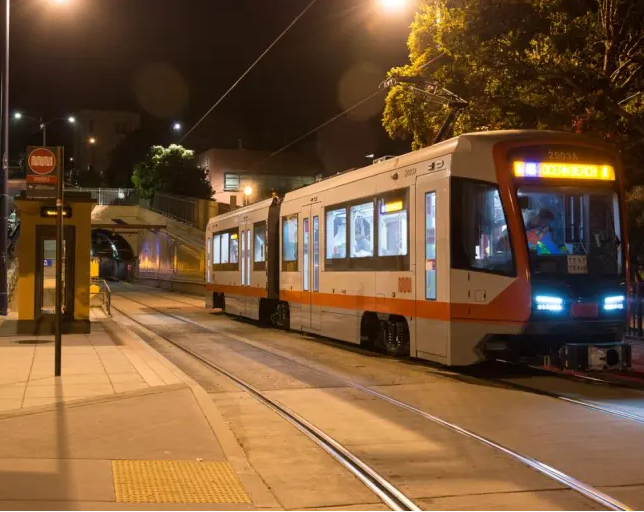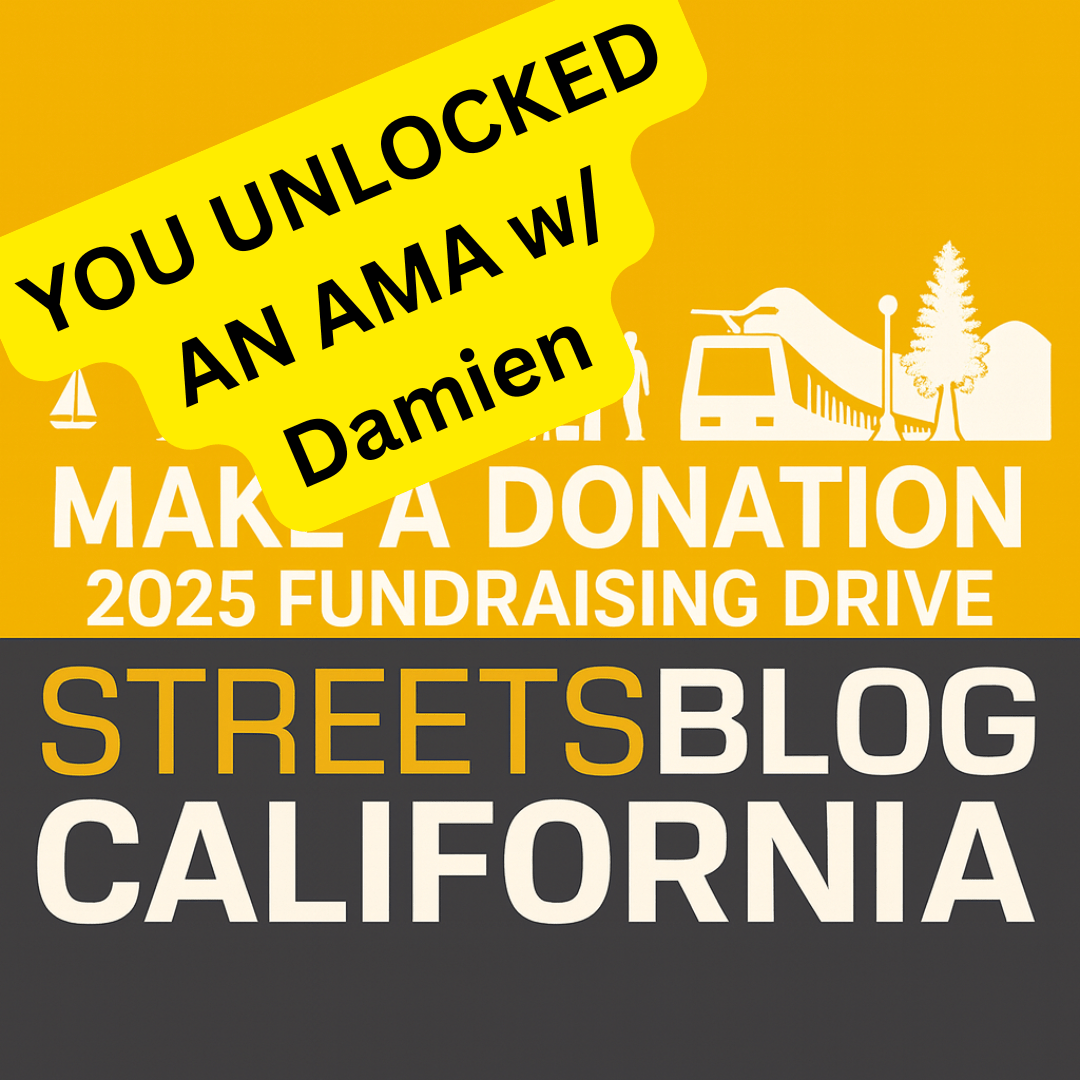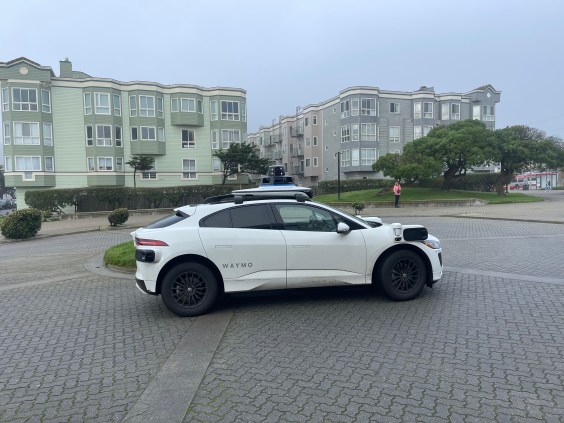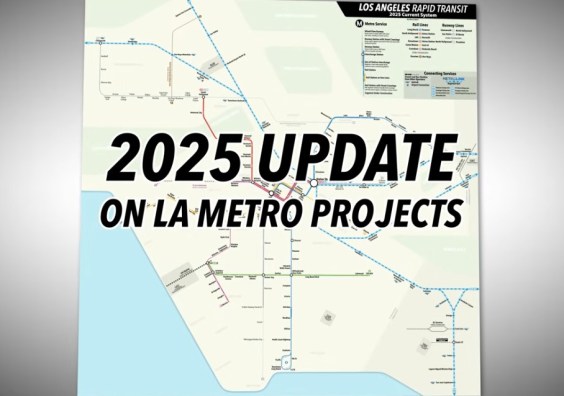Note: GJEL Accident Attorneys regularly sponsors coverage on Streetsblog San Francisco and Streetsblog California. Unless noted in the story, GJEL Accident Attorneys is not consulted for the content or editorial direction of the sponsored content.
Measure A, the "Muni Reliability and Street Safety Bond" failed after a tight race earlier this month, with 138,730 votes cast in favor and 74,350 against.
In most places, those numbers would mean a solid victory for people who support transit. Had the measure succeeded, it would have allowed San Francisco to borrow up to $400 million through bonds to help fund transit modernization, street improvements, etc. But given California's absurd and undemocratic thresholds, the bond authorization required 66⅔ percent of the vote but only got 65.11. That means its supporters got a "shellacking," as 48 Hills called it.
So what does the failure mean for riders?
“Make no mistake that Prop A’s loss will hurt all San Franciscans, but especially our most transit-dependent riders,” said Zack Deutsch-Gross, Policy and Community Investment Director at the SF Transit Riders. “The failure to pass Proposition A will continue the decades of disinvestment in public transit that has resulted in the inadequate service we have today, particularly in equity priority communities.”
And SFMTA put out the following statement Tuesday:
The SFMTA is going to do everything possible to find alternative sources for these funds. We know that improving Muni and making streets safer remain priorities for our community—and we’re committed to working to make that a reality.
The loss of Proposition A is going to make our path to transitioning to a 100% zero emission fleet more difficult, because a large amount of funding was going to go toward upgrading Muni facilities so we can charge battery-electric buses in them. It’s also going to make it harder to fund the street improvements on San Francisco’s high-injury network that are crucial to preventing traffic deaths and serious injuries.
The agency also wrote that:
...we’ll be looking at what we can learn from the election results and how we can apply those lessons moving forward. We need to have more conversations and engagement with community members and community-based organizations—especially those on the west side of the city, where support for the bond measure was lowest—to ensure that we fully understand their transportation needs. We also need to continue building trust with San Franciscans so we can work together to create a robust transportation network that equitably connects everyone to where they need to go, regardless of their income or neighborhood.
A two-thirds requirement is, of course, extremely difficult to achieve under even the best of circumstances, which this definitely was not. Streetsblog cautions against drawing the wrong lessons. It was an off-year election with low voter turnout, at 46 percent. Given that, and the slim margin by which it failed, basically anything to buy a little more turnout and transit love could have pushed it across the finish line.
Might something as simple as promising free transfers between BART and Muni have been enough to convince 3,323 additional voters to say "yes"? How about cutting the iron bars between BART and Muni as a powerful signal that SFMTA managers are going to start putting riders above the interests of agency bureaucracies? And while it may have been financially necessary, did Muni help or hurt its case by shutting down all rail service--something no other transit system did in the whole world--for over a year during the pandemic? And let's not forget Muni's incompetence with splicing its overhead wire, contributing to more long-term shutdowns.
It's not a huge revelation to say it's hard to sell Muni funding measures under such circumstances. Despite that, the fact that the measure was not "shellacked" is a testament to how much the people of San Francisco care about public transit, depend on it, and want it to be better.






